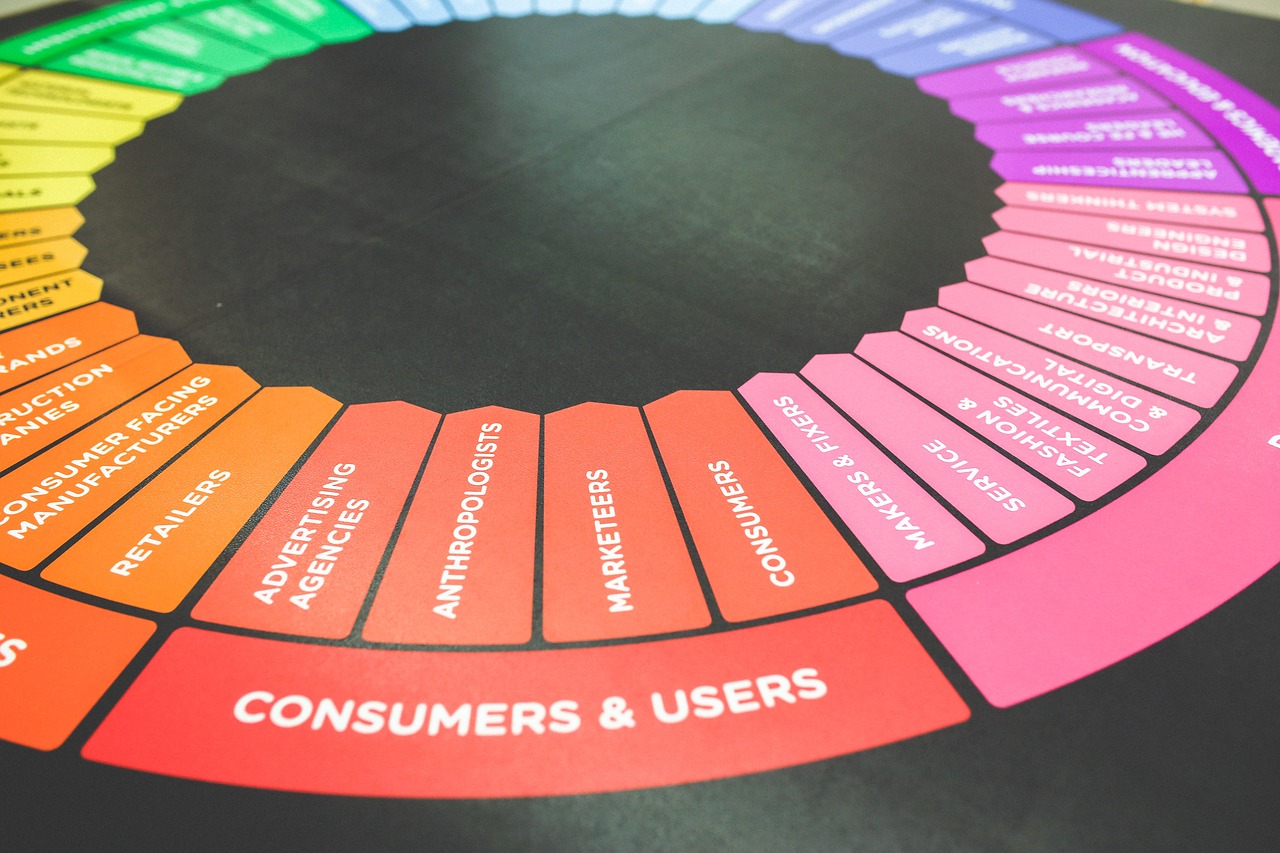NFT Handmade Product Verifications: A New Era of Authenticity

In the rapidly evolving digital landscape, the convergence of blockchain technology and handmade products is creating unprecedented opportunities for artisans and consumers alike. Non-Fungible Tokens (NFTs) have emerged as a revolutionary tool, promising to authenticate handmade goods with unparalleled precision and transparency. This article delves into the implications, mechanisms, and global context of NFT verification for handmade products.
The Intersection of Artisanship and Blockchain Technology
The traditional handmade product market has long been plagued by issues of authenticity and provenance. Artisans face challenges in proving the originality of their creations, while consumers often struggle to verify the authenticity of the products they purchase. Blockchain technology, with its decentralized and immutable nature, offers a compelling solution to these challenges.
NFTs serve as unique digital certificates of authenticity that are stored on the blockchain. Each NFT is a one-of-a-kind token that can be linked to a specific handmade product, ensuring that the item’s provenance is recorded and verifiable. This application of blockchain technology provides a secure and transparent method for verifying the authenticity of handmade goods.
How NFT Verification Works
The process of NFT verification for handmade products typically involves several steps:
- Creation and Documentation: The artisan creates a handmade product and documents its creation process. This documentation may include images, videos, and detailed descriptions.
- Minting the NFT: The artisan or a designated platform mints an NFT linked to the handmade product, embedding the documentation into the token’s metadata.
- Blockchain Registration: The NFT is registered on a blockchain, ensuring that the information is immutable and publicly accessible.
- Verification and Transfer: Buyers can verify the provenance of the product by checking the NFT’s blockchain records. The NFT can be transferred along with the physical product, maintaining the item’s verified status.
Global Impact and Adoption
The integration of NFTs into the handmade product market is gaining traction worldwide. In regions with rich artisanal traditions, such as Southeast Asia, Africa, and Latin America, NFTs offer a means for local artisans to gain recognition and access global markets. By ensuring authenticity, NFTs help protect cultural heritage and support sustainable economic growth.
Furthermore, major brands and marketplaces are beginning to explore the potential of NFTs in enhancing their offerings. Platforms such as OpenSea and Rarible have expanded to include sections for handmade goods, allowing artisans to reach a broader audience. This trend is also observed in luxury brands, which are leveraging NFTs to certify the exclusivity of their handcrafted products.
Challenges and Considerations
Despite their potential, the use of NFTs for handmade product verification is not without challenges. The environmental impact of blockchain technology, particularly energy-intensive proof-of-work systems, raises concerns about sustainability. However, the adoption of more eco-friendly alternatives like proof-of-stake models is mitigating these concerns.
Additionally, the digital literacy required to navigate the NFT space can be a barrier for some artisans. Education and support from platforms and industry stakeholders are crucial to ensure inclusive access to these technologies.
The Future of NFT Handmade Product Verification
As the technology matures, NFT verification for handmade products is poised to transform the market, offering a robust solution to authenticity challenges. By empowering artisans and enhancing consumer confidence, NFTs have the potential to revolutionize the way handmade products are valued and traded globally.
In conclusion, NFT verification represents a significant advancement in the authentication of handmade products. As adoption grows, it will be essential for stakeholders to address current challenges and foster an environment where artisans can thrive in the digital age.















